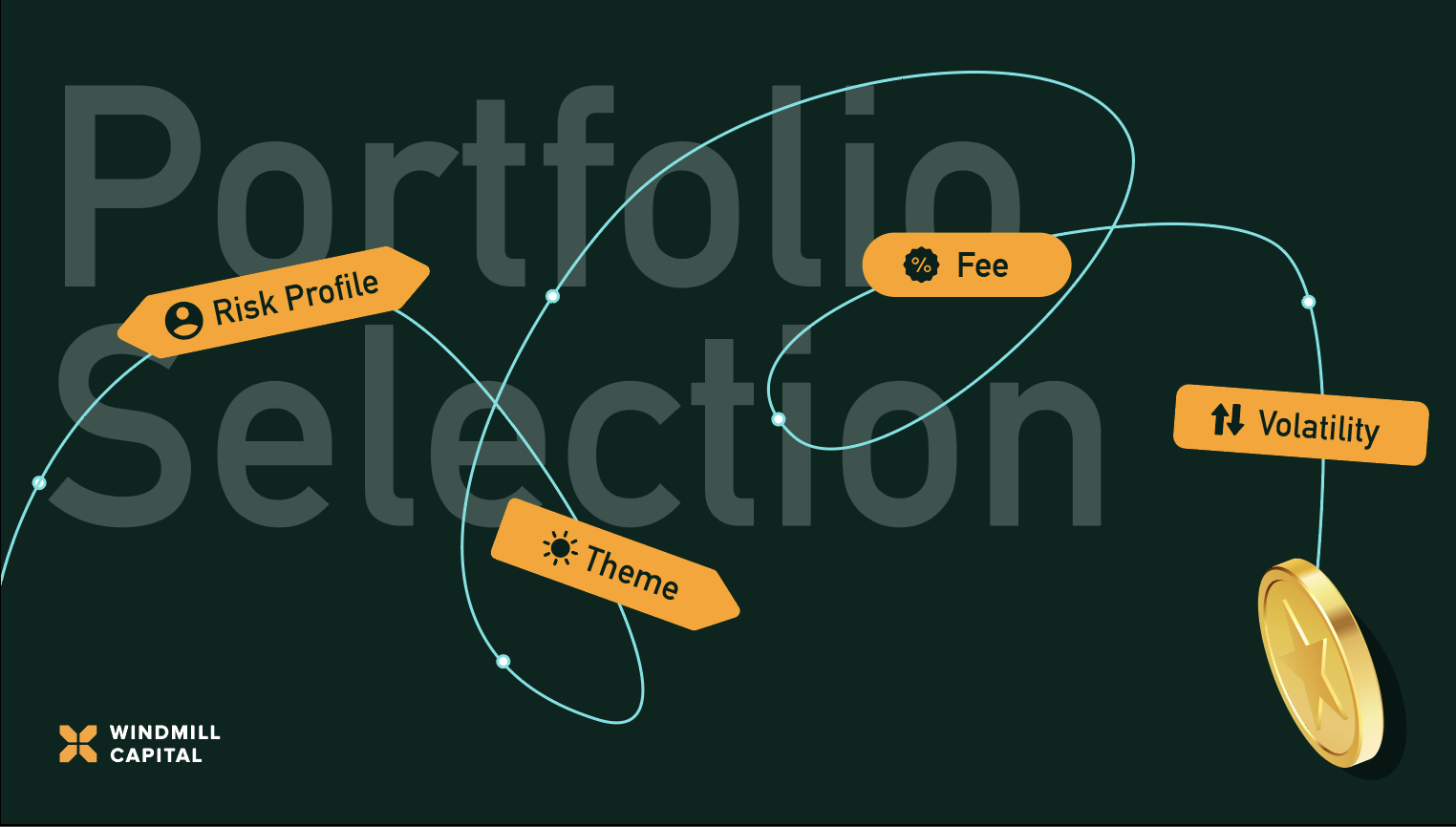Think you know all about rebalancing a portfolio? Think again!
Naveen KR, Senior Director at Windmill Capital, debunks some common beliefs about rebalancing 🧵👇
Myth: “Rebalancing your portfolio is unnecessary. Don’t ever sell your winning stocks.”
Reality: Stock performance does not solely drive rebalancing decisions. Evaluating the stock’s fit with the portfolio’s theme, stock valuation, and growth prospects are crucial considerations.
Myth: “Rebalancing a portfolio means buying underperforming stocks. Why would I do that?”
Reality: Rebalancing is all about aligning the portfolio for long-term success by investing in assets with future growth potential, regardless of whether they are currently over or underperforming.
Myth: “Rebalancing a portfolio is just timing the market in disguise.”
Reality: Rebalancing is not about predicting short-term market movements. It’s a disciplined approach to keep your investments aligned with your risk tolerance and goals.
Myth: “Rebalancing is only for active traders, not long-term investors.”
Reality: Since market conditions are dynamic, long-term portfolios also need to be updated regularly in line with the current and expected market conditions.
Myth: “Rebalancing a portfolio is only for bear markets; it’s unnecessary in bull markets.”
Reality: It’s crucial in all market conditions as it keeps emotions in check, helps capture gains, & ensures you’re prepared for potential market shifts.
FAQs
Yes, rebalancing your portfolio can help you stay on track with your investment goals and reduce your risk. However, it is important to note that rebalancing does not guarantee higher returns. It is simply a way to manage your risk and ensure that your portfolio remains aligned with your investment goals.
You should rebalance your portfolio when the asset allocation drifts too far from your target allocation or every 6 months. This can happen due to market fluctuations or changes in your investment goals.
Rebalancing does not guarantee improved returns, but it can help to reduce risk and smooth out volatility.
Did you learn something new?
Explore Windmill Capital smallcases
If you want to know more about Windmill Capital’s investing philosophy and insights on their rebalancing strategy, join us on Sunday, 2nd July 2023, at 11AM for Live Discussion regarding recent market movements and return expectations from portfolio managers with Naveen K R, who manages Windmill Capital smallcases.
We will discuss the following: –
- Recent behavior of leading economic indicators
- Understanding market cycles
- Relationship between risk and return across different asset classes
- Return expectations from mutual funds and PMS
- Understanding smallcase returns
- Rebalancing Windmill Capital’s smallcases in rising markets
- Please submit your questions for the Q&A on this link
Liked this story and want to continue receiving interesting content? Watchlist Windmill Capital smallcases you’d like to read more stories about!
Disclaimer: The information provided in this blog is for informational purposes only and should not be construed as financial or investment advice. The opinions expressed are solely those of the author based on the information available at the time of writing.




























































